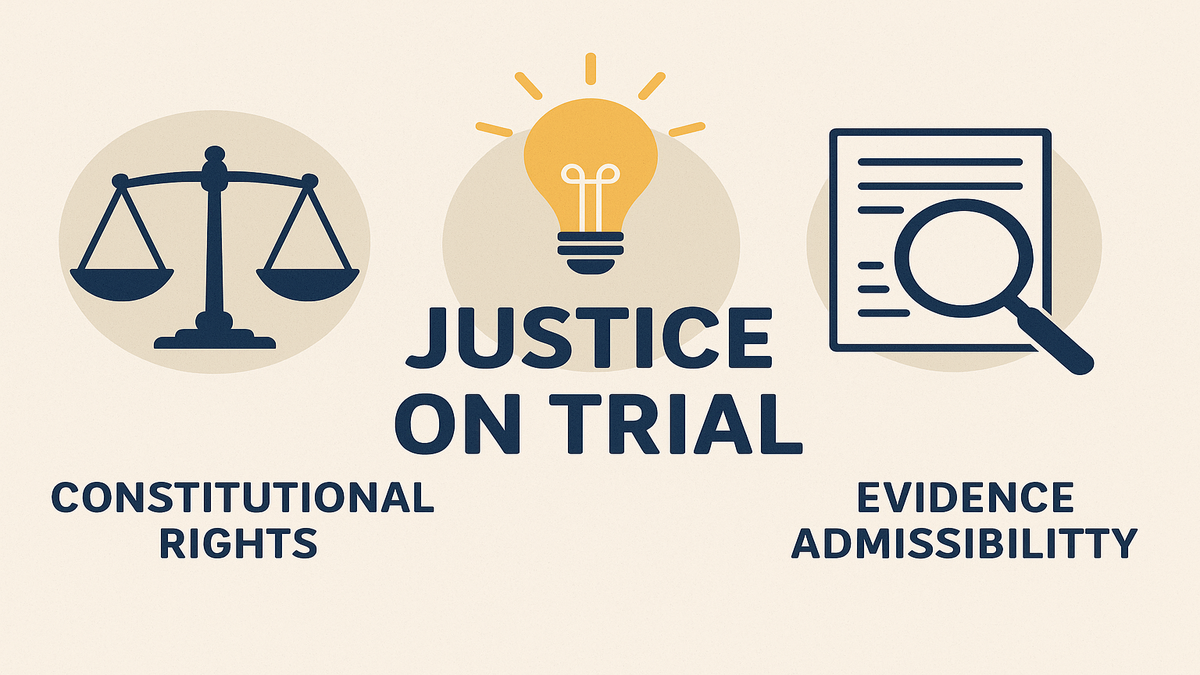
Judge Judy's 'Justice on Trial' Shakes Up Prime Video

You gotta wrap your brain around JSON Schema. It's like a rulebook for JSON data. Think of it as a helpful guide that tells which parts your JSON should have and what those parts should look like.
Understanding JSON Schema
Imagine this: you have a JSON Schema saying something like this: {"properties": {"foo": {"description": "a list of test words", "type": "array", "items": {"type": "string"}}}}.
What does this mean? It sets a rule that you need a part called "foo." But "foo" isn't just any part. It's gotta be an 'array'—a collection of things. Plus, every item in "foo" has to be a string. Basically, "foo" is expected to contain a list of words. Simple, right?
So, if you whipped up a JSON like this: { "foo": ["bar", "baz"] }, awesome! You're right on track. But, putting a JSON like this: {"properties": {"foo": ["bar", "baz"] }} isn't on the mark—it doesn't play by the rules.

Why JSON Schema?
JSON Schema ensures all JSON data is formatted accurately before it's sent through the system. It's crucial for consistency and ensuring data meets specific criteria. With JSON Schema, developers can verify whether JSON data follows the predefined structures.
Benefits of Using JSON Schema
- Validation: Automatically check if data is correctly structured.
- Documentation: Clearly outline what data is required and what form it should take.
- Interoperability: Ensures that systems can easily exchange and understand data formats.

Common Mistakes
It's easy to trip up with JSON Schema when you overlook details:
1. Missing Required Fields
Make sure every required field is present.
2. Type Mismatch
Check that the data type matches the expected type.
FAQs
What is JSON Schema used for?
JSON Schema is used to validate JSON data structure to ensure it matches expected patterns.Can JSON Schema be used for data transformation?
JSON Schema is primarily used for validation, not for transforming data.
3. How do you define required fields?
Use the "required" keyword to specify fields that must be present.
Bottom line: stick to the scheme, tick the right boxes, and you're good to go! You must format your output as a JSON value that adheres to a given "JSON Schema" instance.
"JSON Schema" is a declarative language that allows you to annotate and validate JSON documents.
For example, the example "JSON Schema" instance }}}}, "required": ["foo"]}}}} would match an object with one required property, "foo". The "type" property specifies "foo" must be an "array", and the "description" property semantically describes it as "a list of test words". The items within "foo" must be strings. Thus, the object is a well-formatted instance of this example "JSON Schema". The object }} is not well-formatted.
Your output will be parsed and type-checked according to the provided schema instance, so make sure all fields in your output match the schema exactly and there are no trailing commas!

